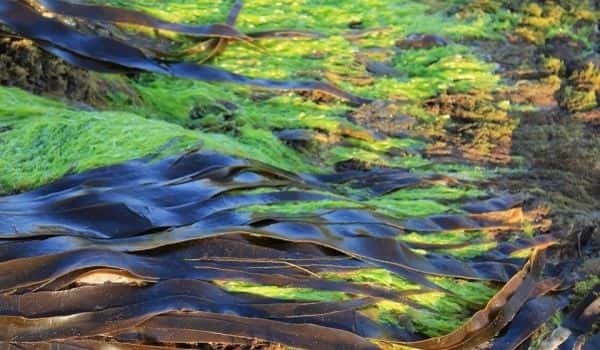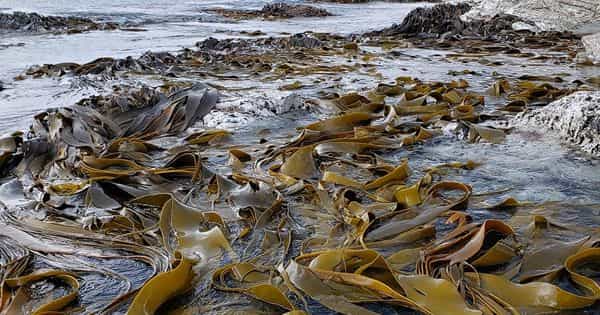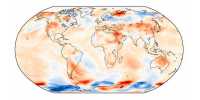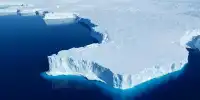A study conducted by the University of Otago has revealed how earthquakes have impacted New Zealand’s coastal species. Earthquakes are typically thought to be devastating events for people and the environment, but the positive opportunities they can create for wildlife are often overlooked, according to lead author Dr Felix Vaux of the Department of Zoology.
The researchers sequenced DNA from 288 rimurapa/bull-kelp plants from 28 locations across central New Zealand for the Marsden-funded study, which was published in the Journal of Phycology. The marine ecosystems and species of New Zealand are extremely diverse. In New Zealand’s waters, approximately 8000 marine species have been discovered.
“All North Island specimens were expected to be the species Durvillaea antarctica, but ten samples from four sites were unexpectedly Durvillaea poha – about 150 km from the nearest population on the Kaikoura Peninsula,” Dr Vaux says.
A new study has revealed how earthquake upheaval has affected New Zealand’s coastal species.
The seaweed’s range expansion appears to be linked to the often-forgotten 1855 Wairarapa earthquake, New Zealand’s strongest recorded earthquake since European colonisation, with a magnitude of 8.2. Although New Zealand’s coastal waters and habitats are generally regarded as of high quality by international standards, they are under threat in some areas, particularly near large estuarine towns and cities and river mouths.
“Uplift and landslides around Wellington cleared swaths of Durvillaea antarctica coastline, which appears to have allowed a previously South Island restricted species, Durvillaea poha, to colonize and establish itself in the North Island.”
“This exciting discovery demonstrates that frequent tectonic activity may be reshaping New Zealand’s biodiversity, including its marine environments, and it reminds us that recent events, such as the 2016 Kaik?ura earthquake, may have long-term environmental consequences.”

Ecological disturbance is defined as a nonbiological or biological event or force that causes the death of organisms and changes in their spatial patterning in the ecosystems they inhabit. Disturbance has a significant impact on the structure of individual populations as well as the overall character of ecosystems.
Dr. Vaux believes that an increase in the species diversity of bull-kelp in the North Island is likely to be beneficial to the intertidal community because Durvillaea provides a sheltered habitat for a variety of animals, including crustaceans, mollusks like poua, spiders, and fish.
Our discovery is exciting because it shows that tectonic disturbance can not only change the structure of a species’ population, but it can also create ecological opportunities and shift the distribution of organisms.
“While climate change has been linked to many range shifts, tectonic disturbance should not be overlooked as a possible facilitator of range expansion. Understanding the forces that shape the distribution of species is becoming increasingly important in our fast-changing world “he claims.
The ecological impact of a disturbance is determined by the intensity and frequency of the disturbance, the spatial distribution (or spatial pattern) and size of the disturbed patches, and the scale (the spatial extent) of the disturbance. These characteristics are further influenced by the season of the disturbance, the history of the disturbed site, and the topography of the site.
















